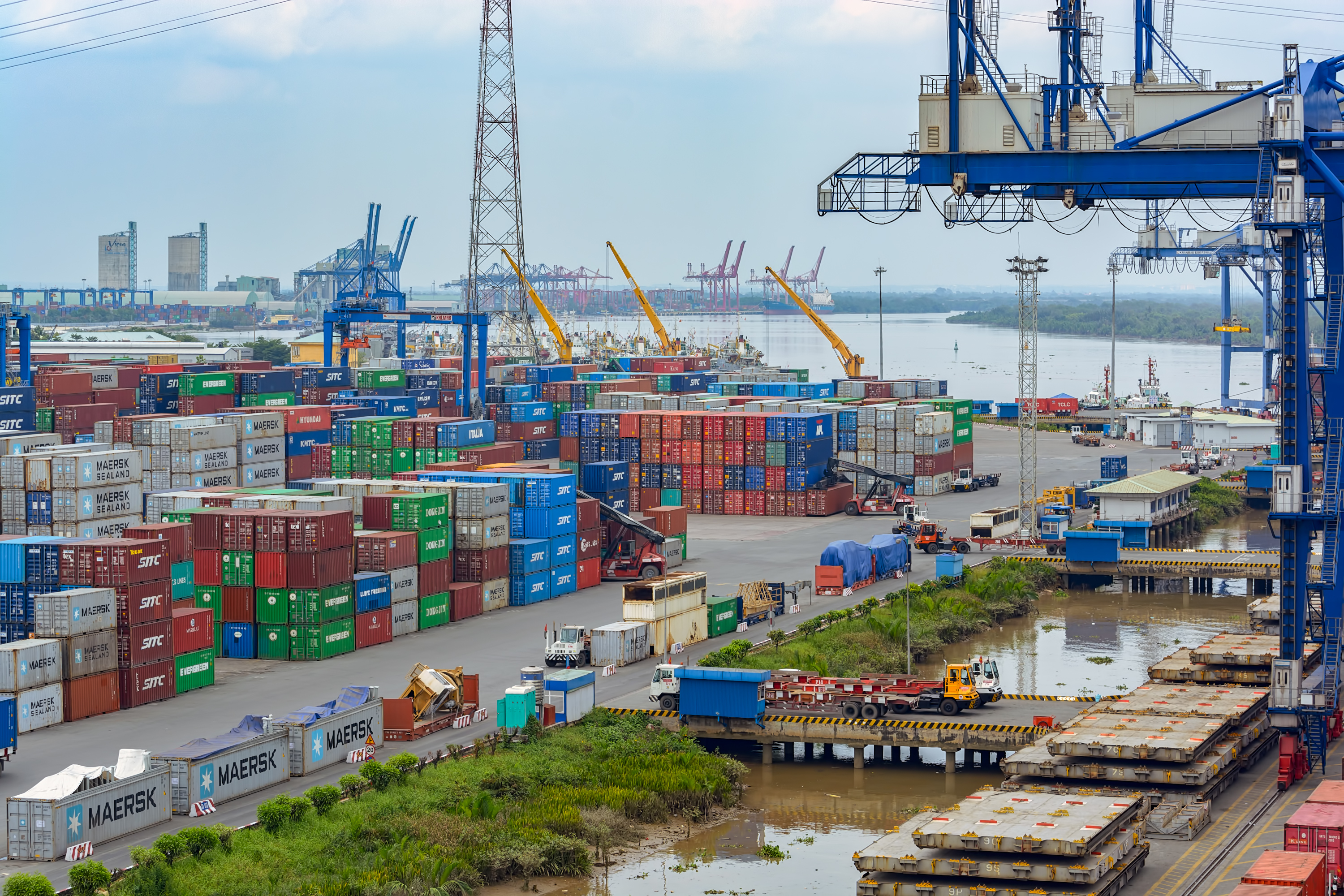How Will Vietnam Deal With President Trump’s Shocking Tariffs?
Faced with 46 per cent US tariffs, Vietnam is unlikely to retaliate in kind. It is likely that Hanoi would avoid confrontation and lean on diplomacy instead.
8 April 2025

How Will Vietnam Deal With President Trump’s Shocking Tariffs?
On 2 April 2025, US President Donald Trump unveiled a sweeping set of reciprocal tariffs targeting over 180 countries, with Vietnam facing a steep 46 per cent duty on its exports to the US, effective 9 April. The announcement builds on a 10 per cent baseline tariff applied to most trading partners starting 5 April, with additional reciprocal rates tailored to countries with significant trade surpluses. For Vietnam, this 46 per cent tariff — among the highest imposed — applies to all goods entering the US, a market that absorbed US$142 billion of Vietnamese exports in 2024, according to US statistics.
This tariff comes as a shock to Vietnam, but Hanoi would likely lean on diplomacy instead. For a time, officials had reportedly nurtured cautious optimism about dodging the worst of Trump’s trade policies. Hanoi had assumed its proactive engagement with the Trump administration would soften any blows. For example, during Industry and Trade Minister Nguyen Hong Dien’s visit to Washington last month, Vietnam inked US$4.15 billion in deals with US firms, including LNG sourcing agreements with Excelerate Energy and ConocoPhillips, as part of a broader US$90.3 billion trade package for 2025–2030. CPV General Secretary To Lam’s swift post-election call to congratulate Trump further underscored Hanoi’s diplomatic outreach. These efforts, coupled with Vietnam’s tariff cuts on various US products announced on 31 March, were seen as pre-emptive moves to align with Trump’s demands for balanced trade.
The figure itself — 46 per cent — baffles Vietnamese leaders, particularly the Trump administration’s claim that it mirrors a supposed 90 per cent tariff Vietnam imposes on US products, which US officials have cited as justification for reciprocity. Vietnam’s average applied tariff rate, per World Trade Organization data, stands at 9.4 per cent, with trade-weighted averages even lower, at 5.1 per cent. Even accounting for value-added taxes (VAT) of 10 per cent, which Trump has criticised as hidden trade barriers, the computation of the 90 per cent lacks clear grounding. The opacity of the Trump team’s methodology, with Treasury Secretary Scott Bessent vaguely noting that each country’s rate “represents their tariffs,” only deepens Hanoi’s confusion and frustration.
Vietnam will strive to ease Trump’s concerns, but success depends on whether rationality returns to US trade policy. For now, Vietnam will need to brace for a turbulent road ahead.
Two core motives likely underpin this hefty tariff. First, it targets Vietnam’s US$123.5 billion trade surplus with the US in 2024, which is an 18.1 per cent rise from 2023. Trump has long decried this as evidence of “unfair” trade practices. White House statements emphasise that such surpluses erode US manufacturing and national security. Moreover, in its fact sheet on the new tariffs, the White House claims that Vietnam is one of the countries that “restrict or prohibit the importation of remanufactured goods, restricting market access for US exporters while also stifling efforts to promote sustainability by discouraging trade in like-new and resource-efficient products”. It is estimated that if these barriers were removed, US exports to Vietnam and these countries would increase by at least US$18 billion annually.
Second, Washington aims to curb the rerouting of Chinese goods through Vietnam to evade US tariffs on China, now at 54 per cent with prior duties included. Nikkei Asia reports that senior White House officials have specifically accused Vietnam and Cambodia of serving as transhipment hubs for China to evade US tariffs. An official stated that Cambodia exports US$39 to the US for every dollar imported, largely due to China making it a key rerouting point. Vietnam falls into the same category, with the official alleging that facilities appearing as manufacturing plants are merely warehouses where Chinese goods are relabelled as Vietnamese before being shipped to the US. The high tariffs imposed on Vietnam can, therefore, be seen as a tool for the US to pressure Vietnam into stronger actions to stop this fraud.
If sustained, this 46 per cent tariff will batter Vietnam’s export-driven economy. Exporters, particularly in electronics and textiles, face slashed profit margins or lost US market share, threatening Vietnam’s 8 per cent GDP growth target for 2025. The ripple effects could stall industrial expansion and job creation, which are the key pillars of Vietnam’s post-pandemic recovery. Multinational investors, drawn to Vietnam as a manufacturing alternative to China, may reconsider their decisions, wary of higher costs and trade instability. This would undermine Vietnam’s allure as an investment hub amid global supply chain realignments.
Vietnam’s response, despite the shock, will likely avoid confrontation. US direct exports to Vietnam, at US$13.1 billion in 2024, are modest. This limits Hanoi’s leverage for retaliatory tariffs. Instead, Vietnam will likely lean on diplomacy to persuade President Trump to change his decision, including buying more American products, further facilitating US investment, accelerating cooperation on issues of American interest, including critical minerals, and proactively addressing the transhipment issue. It will also try to diversify its export markets to reduce its reliance on the US by negotiating new free trade agreements and better utilising current ones.
These tariffs spell trouble not just for Vietnam but for global trade and US consumers. Higher costs for Vietnamese goods — such as smartphones and apparel — will hit American wallets, potentially fuelling inflation already forecast to rise by the US Federal Reserve. Disrupted supply chains could spark a broader economic slowdown, with Goldman Sachs pegging a 35 per cent US recession risk. Trump’s goal of slashing trade deficits may falter, as historical data from his first term shows tariffs merely redirected trade flows. This boosted US imports from Mexico and Vietnam without shrinking the overall gap. Politically, this could backfire, alienating US voters if prices soar and jobs do not materialise. Vietnam will strive to ease Trump’s concerns, but success depends on whether rationality returns to US trade policy. For now, Vietnam will need to brace for a turbulent road ahead.
Le Hong Hiep is a Senior Fellow and Coordinator of the Vietnam Studies Programme at ISEAS – Yusof Ishak Institute.
This article originally appeared on Fulcrum on 4 April 2025.
How can we help? Get in touch to discuss how we can help you engage with Asia
